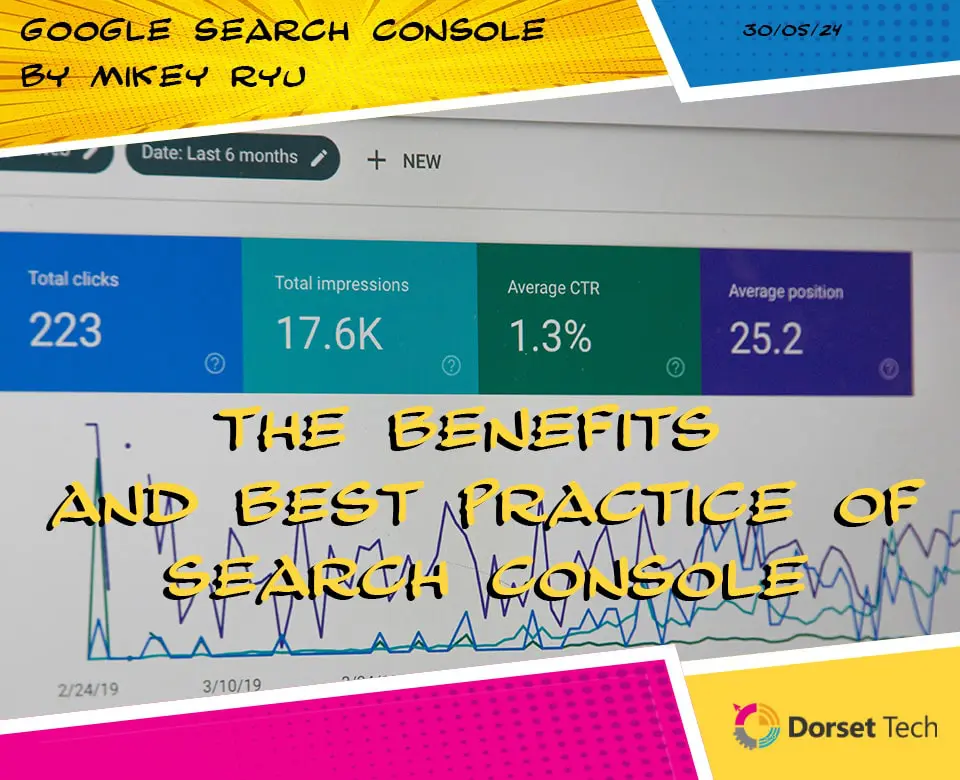
Addressing a Slow, Complex, or Inefficient Backend
In the digital era, where speed, efficiency, and user experience reign supreme, the backend infrastructure of a website plays a crucial role in determining its success. However, many businesses grapple with slow, complex, or inefficient backend systems that hinder performance, scalability, and growth. In this blog, we explore the detrimental effects of a sluggish backend and why it’s a clear indication that it’s time for a new website. By understanding these challenges and taking proactive steps to address them, businesses can unlock the full potential of their online presence and achieve greater success in the competitive digital landscape.
Understanding a Slow, Complex, or Inefficient Backend:
A slow, complex, or inefficient backend refers to the underlying architecture and infrastructure that powers a website. This includes the server environment, database structure, content management system (CMS), codebase, and integration with third-party services. A backend system that is slow, convoluted, or inefficient can lead to performance issues, scalability challenges, and increased maintenance overhead.
The Consequences of a Slow, Complex, or Inefficient Backend:
Poor Performance:
A slow backend system results in sluggish website performance, including slow page load times, delayed response times, and unresponsive user interfaces. Poor performance frustrates visitors, diminishes user experience, and increases bounce rates, leading to lost opportunities for engagement and conversion.
Scalability Challenges:
A complex or inefficient backend system hinders scalability and growth, making it difficult to handle increasing traffic, data volume, and user interactions. Scaling a website with a cumbersome backend architecture requires significant time, effort, and resources, leading to delays, downtime, and missed opportunities.
Increased Maintenance Overhead:
Maintaining a slow, complex, or inefficient backend system requires ongoing monitoring, troubleshooting, and optimisation. Businesses may need to allocate valuable resources, including personnel, time, and budget, to address performance issues, debug code, and optimise infrastructure, diverting resources away from strategic initiatives and business growth.
Risk of Technical Debt:
A slow, complex, or inefficient backend system accumulates technical debt over time, resulting from outdated code, legacy systems, and quick fixes. Technical debt increases the cost and complexity of future development efforts, slows down innovation, and poses risks to security, stability, and scalability.
Recognising When to Get a New Website:
If your website suffers from a slow, complex, or inefficient backend, it’s a clear indication that it’s time for a new website. Investing in a new website offers several benefits for addressing these challenges, including:
Modern Architecture:
A new website built with modern technologies and best practices ensures a streamlined and efficient backend architecture. By leveraging scalable infrastructure, microservices, and cloud-based solutions, businesses can achieve optimal performance, scalability, and reliability.
Simplified Codebase:
A new website provides an opportunity to refactor and optimise the codebase for improved efficiency and maintainability. By adopting clean coding principles, modular design patterns, and coding standards, businesses can reduce technical debt, enhance developer productivity, and future-proof their website.
Integration of Automation:
A new website allows businesses to automate routine tasks, processes, and workflows to streamline operations and improve efficiency. By integrating automation tools, continuous integration/continuous deployment (CI/CD) pipelines, and monitoring solutions, businesses can accelerate development cycles, reduce errors, and enhance reliability.
Enhanced Developer Experience:
A new website with a developer-friendly backend environment empowers development teams to innovate, iterate, and collaborate more effectively. By providing access to modern development tools, frameworks, and APIs, businesses can attract and retain top talent, foster a culture of innovation, and drive digital transformation initiatives.
Conclusion:
A slow, complex, or inefficient backend poses significant challenges for businesses in the digital age, hindering performance, scalability, and growth. Recognising the signs of a sluggish backend is the first step towards a website overhaul. By investing in a new website with modern architecture, simplified codebase, automation, and developer-friendly environment, businesses can unlock the full potential of their online presence and achieve greater success in the competitive digital landscape. With a focus on speed, efficiency, and innovation, businesses can streamline operations, drive growth, and deliver exceptional user experiences that set them apart from the competition.





















